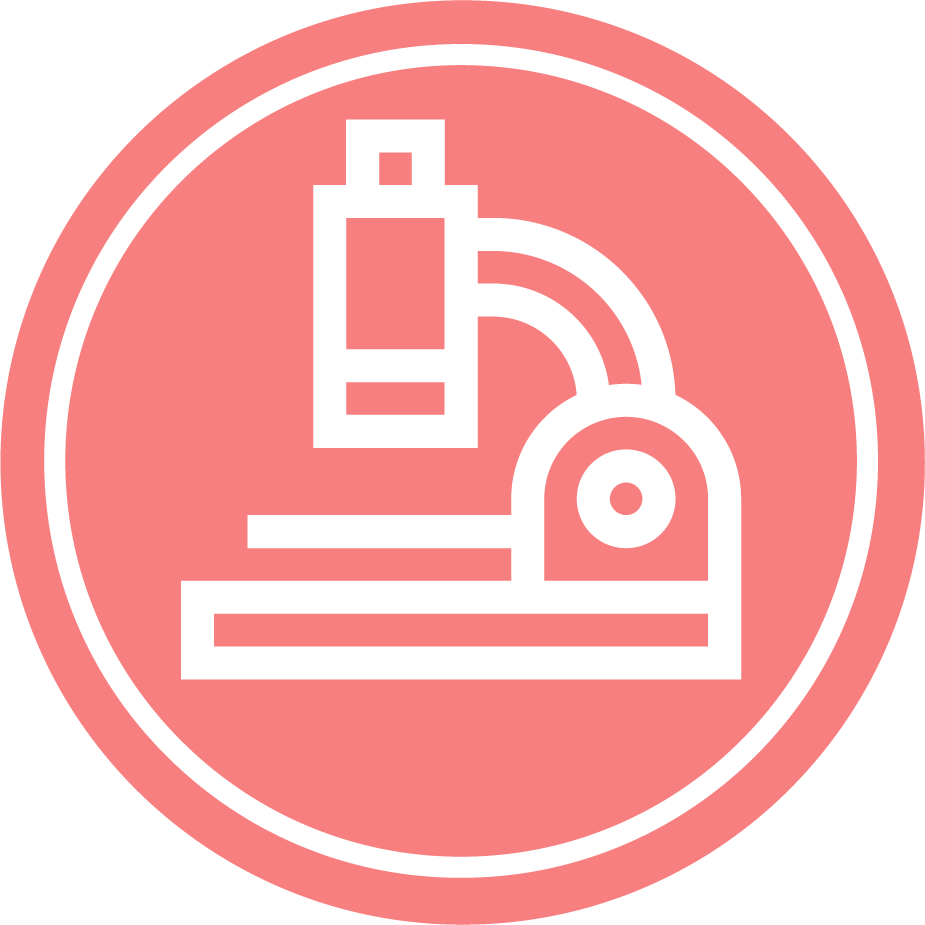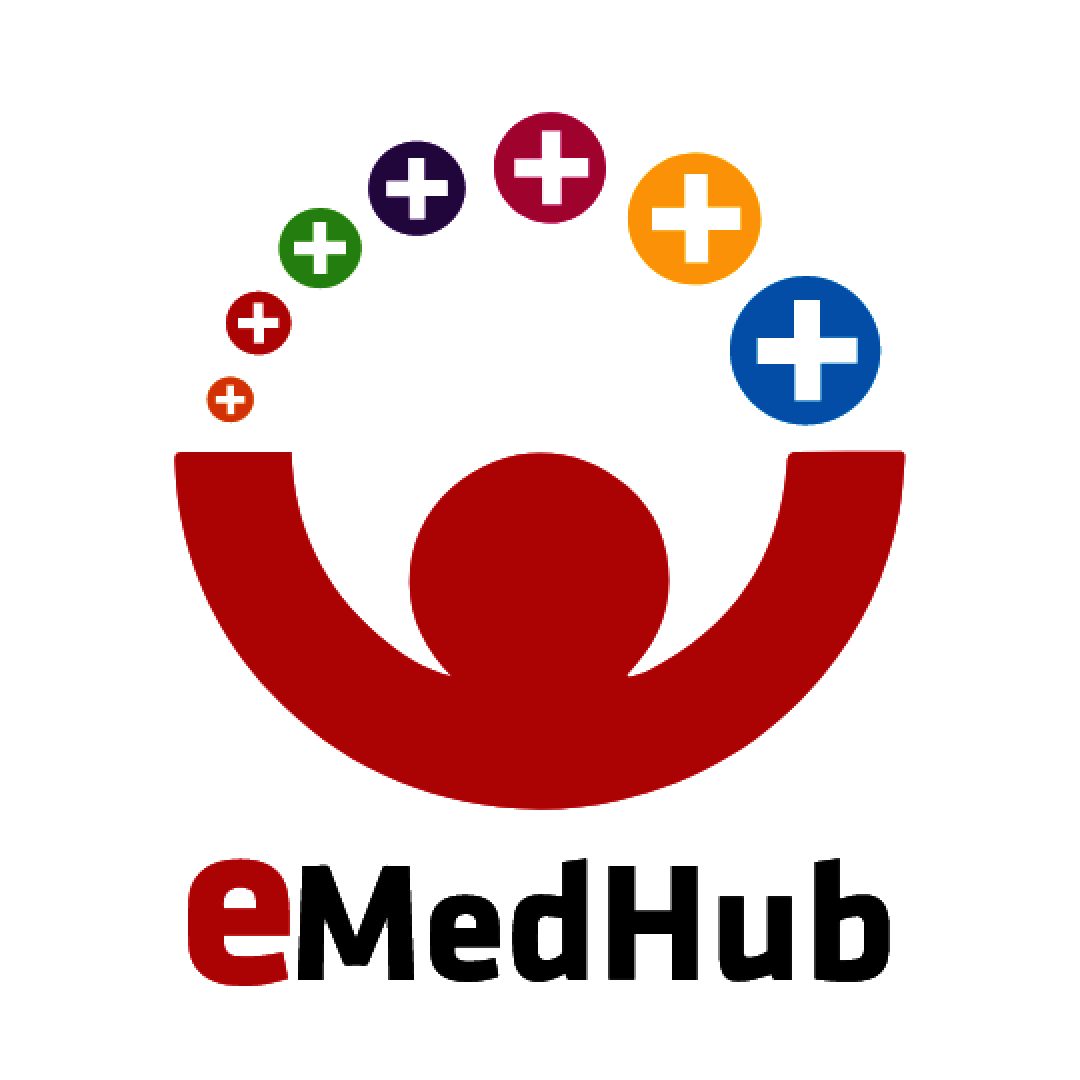Benefits Of Using Laboratory Information Management System
The Laboratory Information Management System (LIMS) is a software solution for managing and organizing laboratory data and operations, ranging from sample tracking to reporting. It is a must-have tool for laboratories of all sizes and disciplines, including pharmaceutical, clinical, biotechnology, forensic, and research laboratories.
Here are several advantages of employing a LIMS, which make it a beneficial investment for any laboratory.
1. Streamlined Data Administration: One of the most significant advantages of adopting a LIMS is its ability to simplify data administration. It offers a consolidated and secure platform for storing and managing all laboratory data, such as test results, instrument data, and sample details. This eliminates the need for several spreadsheets and physical documents, lowering the risk of human mistake while increasing efficiency.
2. Improved Sample Tracking: LIMS provides extensive sample tracking capabilities, allowing laboratories to monitor the movement and location of samples from collection to disposal. This assures sample integrity and traceability, reducing the danger of sample mix-ups while also maintaining regulatory compliance.
3. Improved Quality Control: A LIMS enables laboratories to create standard operating procedures and workflows that are automatically enforced. This aids in ensuring constant quality and accuracy of outcomes, lowering the likelihood of errors and variations. LIMS also includes capabilities such as data audit trails, electronic signatures, and data integrity checks, which add another layer of quality control.
4. Efficient Resource Management: LIMS enables laboratories to maximize their resources, such as instruments, manpower, and reagents. It is useful for scheduling and tracking instrument maintenance and calibration, maintaining laboratory inventory, and assigning duties to workers. This enhances resource usage and lowers operating expenses.
5. Data Security And Compliance: LIMS provides sophisticated security features like as user access controls, data encryption, and audit trails to ensure the confidentiality and integrity of laboratory data. LIMS also assists laboratories in maintaining regulatory compliance by covering standards like as FDA, CLIA, and ISO.
6. Data Analysis And Reporting: LIMS provides robust data analysis and reporting capabilities, enabling laboratories to develop bespoke reports rapidly and correctly. It aids in recognizing trends, monitoring quality measures, and providing information about laboratory operations. Some LIMS solutions also include advanced analytics and data visualization tools, which allow laboratories to make data-driven choices.
Important Factors To Consider While Purchasing Laboratory Information Management System?
Laboratory Information Management Systems (LIMS) are an essential component of modern laboratories, helping to simplify and organize massive amounts of data generated during experiments and tests. With so many alternatives on the market, deciding on the best LIMS for your laboratory might be overwhelming.
To help you navigate the process, here are some crucial aspects to consider when purchasing a Laboratory Information Management System:
1. Functionality: The most important aspect to consider when purchasing a LIMS is its functionality. The system should be able to suit your laboratory's specific requirements and streamline procedures including sample tracking, data administration, inventory management, and instrument integration. It should also be easy to use and have capabilities that can be customized to fit your lab's operation.
2. Compatibility: Another significant consideration is whether the LIMS is compatible with your existing systems and devices. Look for a system that can work flawlessly with your laboratory's equipment and software to avoid compatibility concerns and time-consuming data transfer processes.
3. Data Security: With sensitive data serving as the foundation of laboratory operations, data security is an important element to consider when selecting a LIMS. Make sure the system has strong security features like user access controls, data encryption, and regular backups to protect your data from breaches or unintentional loss.
4. Customization And Scalability: A decent LIMS should be customizable to meet your individual requirements and scalable as your laboratory grows. This will spare you the headache of switching systems if your needs alter in the future.
5. Technical Support: Purchasing a LIMS requires a dependable and quick technical support system. Make sure the provider provides full technical assistance and training to guarantee that the system is easily adopted and integrated into your laboratory.
6. Cost: While price should not be the sole deciding factor, it is critical to consider your budget when acquiring a LIMS. Some companies provide subscription arrangements, while others charge a one-time license cost. Assess your laboratory's requirements and select the LIMS that provides the best value for money.
7. User Feedback And References: Researching user reviews and contacting references can provide vital information about a LIMS's performance and reliability. This will allow you to make an informed selection and select a system with a demonstrated track record of performance.
What Are The Key Features To Look For In Laboratory Information Management System?
When looking for a Laboratory Information Management System (LIMS), you should evaluate the major elements that will best meet your requirements. A comprehensive LIMS may greatly improve laboratory operations and data management, resulting in increased efficiency and production.
Here are the important things you should look for in a LIMS.
1. Sample Management: The primary function of a LIMS is to handle samples, from intake to storage and disposal. Look for a system that supports easy sample tracking and traceability while also handling a big volume of samples.
2. Data Management: A LIMS should include a secure, centralized database for storing and managing all laboratory data, such as test results, instrument readings, and sample information. Look for a system that facilitates data entry, retrieval, and analysis.
3. Workflow Management: A LIMS should automate procedures to reduce the risk of human mistake while enhancing efficiency. Workflows should be adjustable to meet the individual needs of the laboratory.
4. Quality Control: A decent LIMS should include built-in quality control tools to ensure that results are correct and dependable. Search for features like sample tracking, quality control sample management, and real-time QC monitoring.
5. Instrument Integration: The capacity to integrate with laboratory instruments is an important factor to consider. A LIMS should be capable of capturing and managing data directly from instruments, minimizing human data entry and any errors.
6. User Management: A LIMS should provide secure user access as well as role-based permissions to maintain data confidentiality and regulatory compliance. Search for features such as user authentication, audit trails, and electronic signatures.
7. Compatibility And Scalability: Select a LIMS that works with your current systems and technology. It should also be scalable to accommodate the evolving needs of your laboratory.
8. Regulatory Compliance: For laboratories in regulated industries such as pharmaceuticals and healthcare, it is critical to select a LIMS that adheres to relevant rules such as FDA 21 CFR Part 11, HIPAA, and ISO standards.
9. Reporting And Analytics: A good LIMS should have strong reporting and analytics capabilities that provide useful insights into laboratory operations and data. Look for options such as customisable reports, dashboards, and data visualization.
10. Support And Training: Finally, assess the quality of assistance and training provided by the LIMS provider. Look for a vendor who provides extensive training and continuous assistance to ensure a seamless implementation and efficient usage of the program.
Why Do Businesses Need Laboratory Information Management System?
A Laboratory Information Management System (LIMS) is a key tool for laboratory-based businesses. As technology advances, it becomes increasingly important for labs to have a solid and reliable system in place to properly manage their procedures, data, and workflows. LIMS is specifically built to tackle the complexities and problems of modern laboratories, making it a must-have tool for any lab trying to streamline and improve operations.
One of the primary reasons firms want a LIMS is to ensure data integrity and compliance. Every day at a laboratory, a large amount of data is generated, including test results, samples, and paperwork. Manually maintaining this data increases the likelihood of errors while also making consistency and traceability difficult to maintain. LIMS automates data gathering, processing, and storage, ensuring that data is accurate, safe, and easy to retrieve.
This not only enhances the overall quality and dependability of the data, but it also helps labs meet regulatory standards. Furthermore, a LIMS can considerably increase laboratory efficiency and production. LIMS, with capabilities such as automation, workflows, and sample tracking, minimizes the need for manual data entry and lowers the chance of error.
This means spending less time on administrative tasks and more time on core laboratory activities, resulting in faster turnaround times and more production. Furthermore, LIMS can be integrated with other laboratory devices, allowing for smooth data transfer and analysis, hence streamlining procedures. In the competitive laboratory industry, having a LIMS in place can provide organizations with a competitive advantage. LIMS offers real-time insights into lab operations, enabling better decision-making and resource management.
It may also collect and analyze data trends, allowing firms to identify areas for improvement while increasing productivity. This can be critical for staying ahead of competition and addressing client requests efficiently. Finally, a LIMS ensures data security and confidentiality, which is critical for firms operating in highly regulated industries. A LIMS ensures that data is backed up, safeguarded, and only available to authorized persons. This dramatically minimizes the likelihood of data loss or compromise, giving businesses and their clients peace of mind.
What Is The Level Of Customization Available In Laboratory Information Management System?
Laboratory Information Management Systems (LIMS) are strong software systems that automate and manage laboratory operations, data, and processes. One important feature that distinguishes LIMS from other software systems is the level of customization possible to fit the specific needs of different laboratories. In this buyer's guide, we'll look at the many levels of customisation offered by LIMS and how they might help your laboratory.
The extent of customization in a LIMS varies based on the software and provider. However, in general, LIMS provide a great amount of customisation, with some even allowing for the building of a completely custom system. This means you may customize the software to meet your laboratory's specific workflows, processes, and data management requirements. At its most basic, LIMS offer customizable templates for sample types, tests, methods, and reports.
This allows laboratories to simply construct and change these parts to meet their own needs. For example, a pharmaceutical laboratory may have different sample types and assays than a food testing facility, and LIMS may accommodate these variations. Furthermore, LIMS support customized workflow procedures. This means you can tailor the phases in sample processing, from collection and testing to result reporting.
This level of customization enables laboratories to design a system that reflects their own procedures while maintaining standardized and efficient workflows. In addition to these functions, some LIMS provide for advanced customization options such as adding custom fields, creating new modules, and integrating with other software systems.
These additional options provide a genuinely customizable solution that can suit the specific requirements of your laboratory. Customization in LIMS not only increases laboratory productivity and accuracy, but it also allows for regulatory compliance. By adapting the software to your laboratory's specific requirements, you may assure data integrity, traceability, and ISO 17025 compliance.
Conclusion
After carefully analyzing all of the necessary features and components of a Laboratory Information Management System (LIMS), it is clear that this is an important investment for any laboratory environment. It not only streamlines and automates many procedures, but it also improves data management, accuracy, and efficiency. By now, you should have a good idea of the major factors to consider when selecting a LIMS for your laboratory.
Budget and scalability, as well as customization and integration possibilities, are all important considerations when picking the best LIMS for your individual needs and objectives. It is also important to consider the possible long-term benefits of installing a LIMS, such as increased traceability, compliance, and decision-making. Furthermore, as technology advances, LIMS systems evolve and adapt to meet changing industry demands, making them a future-proof investment.
The total success of a LIMS is strongly dependent on extensive study, planning, and engagement with all stakeholders. As a result, decision-making must include all relevant departments, including IT, laboratory, and management.
Finally, investing in a LIMS can significantly improve a laboratory's productivity, data management, and, ultimately, the quality of services delivered. By taking into account all of the important considerations and features covered in this buyer's guide, you can make an informed decision and select the LIMS that best meets your laboratory's objectives, budget, and goals. Remember to look for a credible vendor who provides continuing assistance and training to ensure the LIMS is successfully implemented and utilized.






















